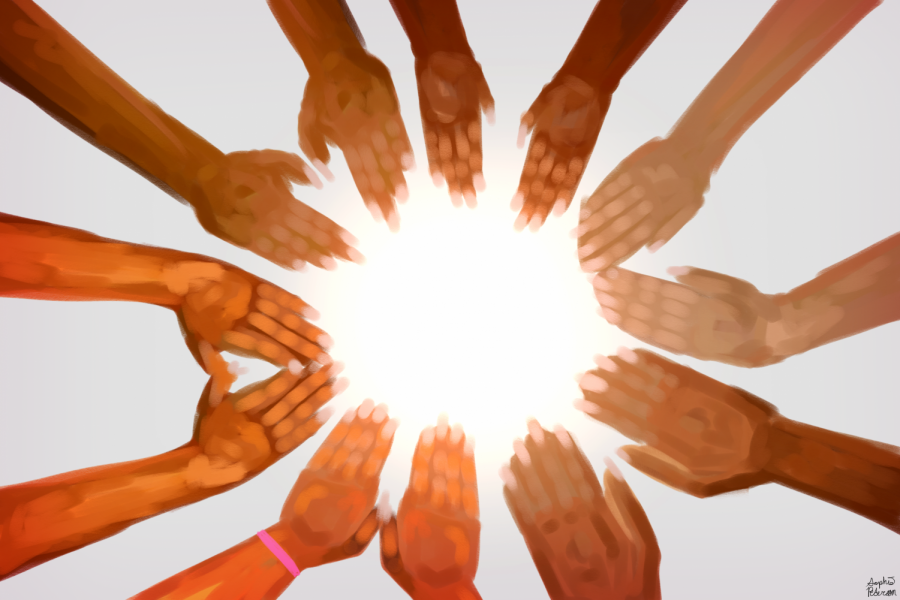How To Embrace Diversity In Minnetonka With Inclusivity And Kindness
December 3, 2021
When asked about the biggest problems Minnetonka High School faces when it comes to diversity, school counselor and staff adviser to the Women of Color Club (WOC) Amanda Wavrin said that students often “feel the challenges of going to a school where not many people look like you.”
Fellow counselor and WOC staff advisor Monica Jones said that students “don’t feel like they are part of the school’s community.” She also said that “it helps one’s feeling of belonging to get involved in things like clubs and sports, but it’s often difficult to break into things like that if you haven’t been doing it your whole life.”
WOC student leader Tootie Cade, ‘23, agreed with Jones, saying that “lack of diversity in sports, clubs, activities, education, etc. is a big issue, as well as lack of diversity in educational positions like teachers.”
Cade also spoke about hurtful comments from peers and a lack of discussion about diversity aside from major national events or historical months, citing both as leading causes of the problems the MHS community faces.
“People don’t know how to speak to kids of color, and they don’t want to offend anyone,” said Cade. “We are tired of hearing, ‘I can’t relate to what your community is going through but we’re sorry.’ We want to hear, ‘What can we do to help lessen these problems?’ It’s okay to be blunt, nothing is going to be sugar coated after high school.”
Cade’s suggestion is how communities will start to heal. Giving sympathy to the people affected after some great tragedy is not enough. Apologizing to the Black community after the death of George Floyd does not help in the long term, but protesting injustice and fighting for police reform does. These issues are not just diverse communities’ problems to fix. It is everybody’s job to help, no matter a person’s race or ethnicity, and a starting point can be found in our own school.
When asked what is already being done to help, Wavrin spoke about the way Principal Jeff Erickson handles issues and concerns, and Cade spoke about inclusion clubs as well as discussion of inclusion on the morning announcements. However, those are small steps, and we still have a long way to go to get to where MHS needs to be.
“Just be friendly,” said Jones. “It all starts with hello. You don’t have to be friends to become friends.”
Wavrin said, “Building relationships between students and staff can be powerful. Students of color want to feel listened to and validated.”
The two also spoke about equity training for the staff as well as allowing students to get more involved and to try out new activities without feeling like they have to commit themselves fully to something.
Cade said, “Students need to get out of their comfort zones and stand up for diverse students when they notice something happening. Also, we as students could create a support group for all supporters of the diverse community.”
Overarchingly, it all seems to come back to kindness. Looking past differences, attempting to bridge that gap — that’s when that gap starts to close.






























